Blog
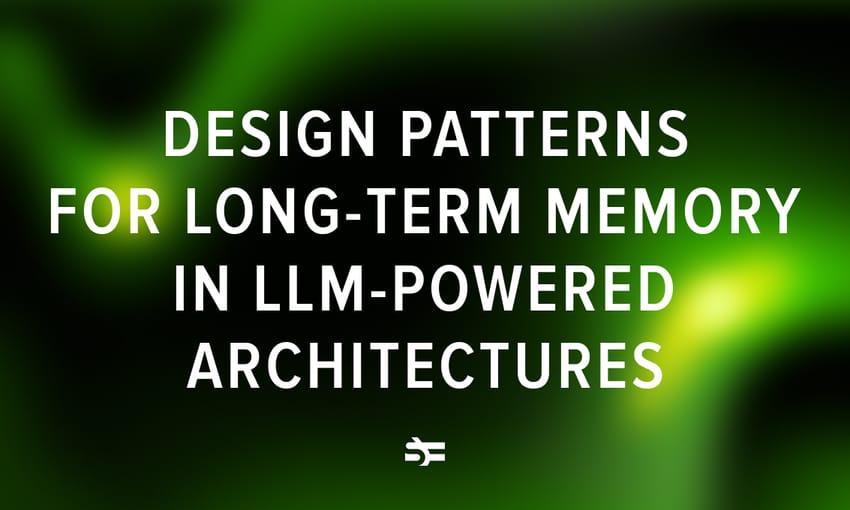

Design Patterns for Long-Term Memory in LLM-Powered Architectures
The explosive growth of large language models (LLMs) has reshaped the AI landscape. Yet their core design is still fundamentally stateless: a drawback often referred to as “conversational amnesia.” …
Upstream posts


The Real Limits of AI Agents in 2025
TL;DR: Everyone says 2025 is the year of autonomous AI agents. We’ve built a lot of them in production, and that’s exactly why we think most of the current hype just doesn’t add up. In this post, we'll break down the most common misconceptions, talk about what actually works in the real world, and explain why the math and economics behind the hype don’t hold up yet.


Reviving an Old iMac with NixOS
People have been using computers for decades. Information technology advances by leaps and bounds. As a result, yesterday’s new, powerful machines quickly become today’s obsolete hardware, gatherin…


Haskell in Production: Scrive
In our Haskell in Production series, we interview developers and technical leaders from companies that use Haskell for real-world tasks. We cover benefits, downsides, common pitfalls, and tips for b…
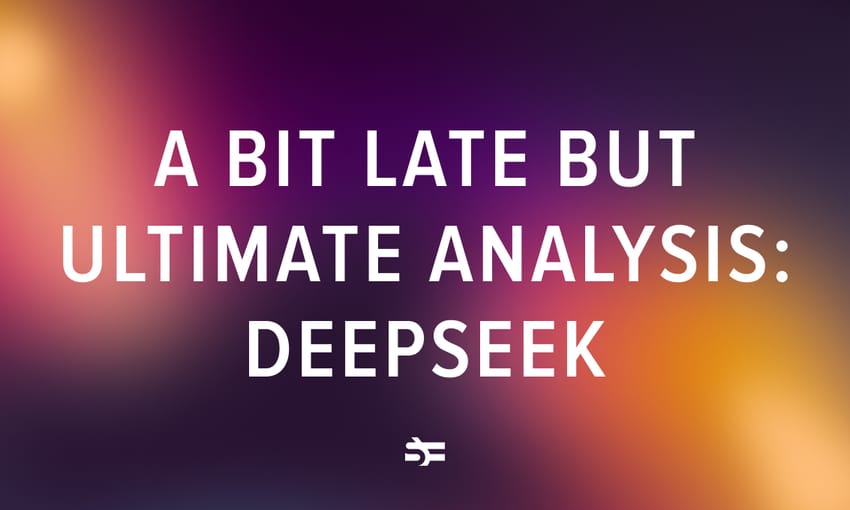

A Bit Late but Ultimate Analysis: DeepSeek
tldr: if you want to find out everything about deepseek you can read this blogpost that has 3 separate sections with increasing technical details and difficulty from one to another, so you can stop …
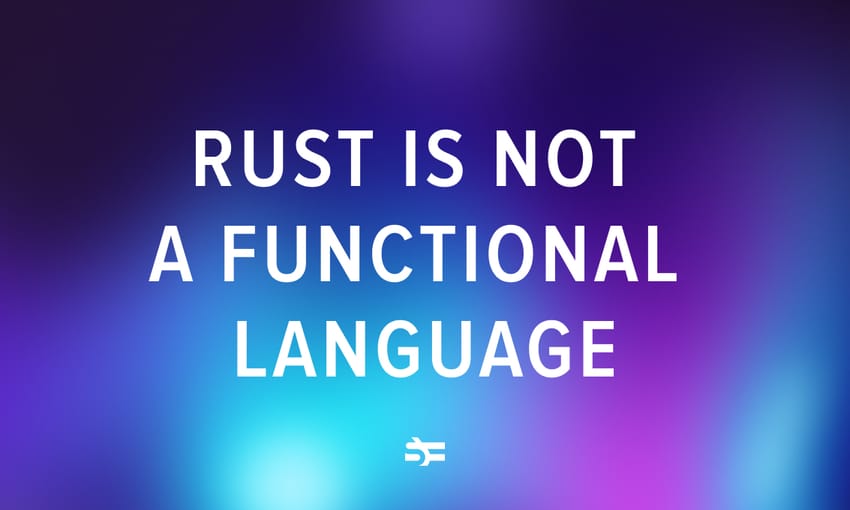

Rust is Not a Functional Language
We at Serokell love Rust. We also love functional languages like Haskell and OCaml. However, there appears to be a bit of confusion as to whether Rust can be called a functional language, too.


A Guide to Kalman Filter
In this article, we’ll make a few notes on how Kalman filter works, and will show how to overcome most common problems that might appear while using it.
Editor’s pick


How to Evaluate an ML Model Performance?
Every data scientist knows that one of the most exciting parts of machine learning is picking the right algorithm to crack a problem. But how do you make sure that your chosen algorithm actually delivers the results you're aiming for? In this article, we discuss several methods allowing you to measure the performance of your ML model.
Upstream posts
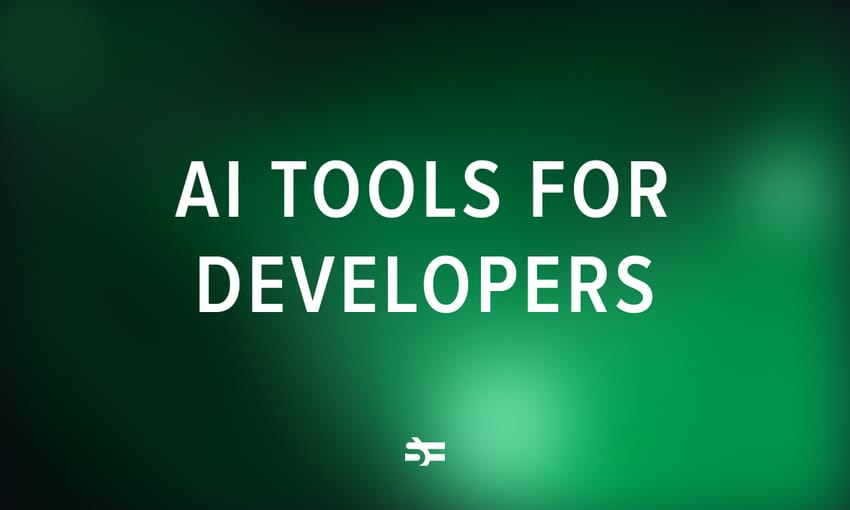

Top 11 AI Tools for Developers
The rapid advancement of AI has transformed the way developers approach software creation, problem-solving, and collaboration. AI tools are no longer just experimental—they’ve become essential components of modern development environments. This article will be especially useful for developers who want to automate repetitive tasks, enhance code accuracy, and improve project management. We offer an overview of some of the best AI tools currently available, including pricing and key features, so you can choose the right tools to fit your needs and projects.
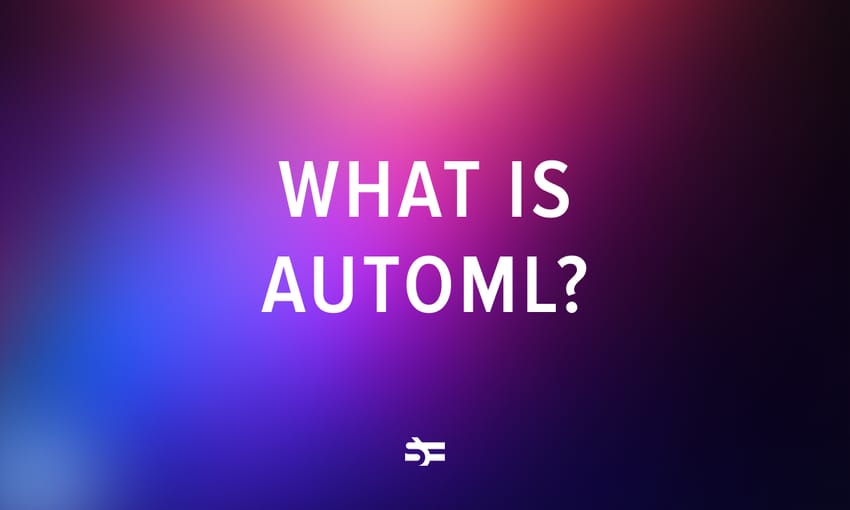

What Is AutoML?
Today it is hard to imagine a business that doesn’t use machine learning in analytics and decision-making. However, the development and deployment of ML models can be very complicated and resource-consuming. Even experienced data scientists and ML engineers could benefit from effective automation. AutoML is a way to automate machine learning in your enterprise. In this article, we will talk about the benefits of AutoML, its operating principles, and ways to use it in your business.
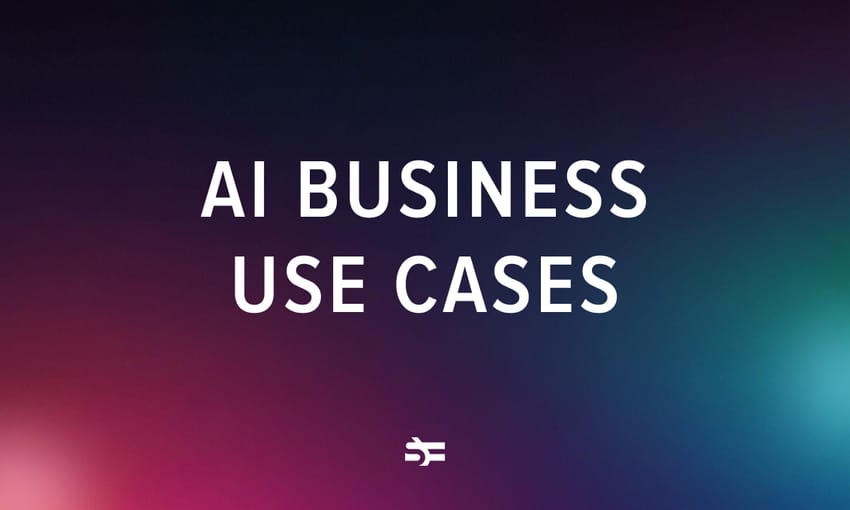

How Top Companies Use AI
In the last few years, artificial intelligence has become an omnipresent technology. Many businesses, including world leading companies, apply AI for various purposes: business intelligence, performance analytics, enhancing user experience, optimization, and more. In this article, we will look at 9 companies that use artificial intelligence. Hopefully, they can inspire you and give some suggestions about how you can use AI creatively in your business.


A Comprehensive Guide to BERT
In this article, we’ll explore how Bidirectional Encoder Representations from Transformers (BERT) works, and why it’s called a universal tool for solving dozens of natural language processing tasks.
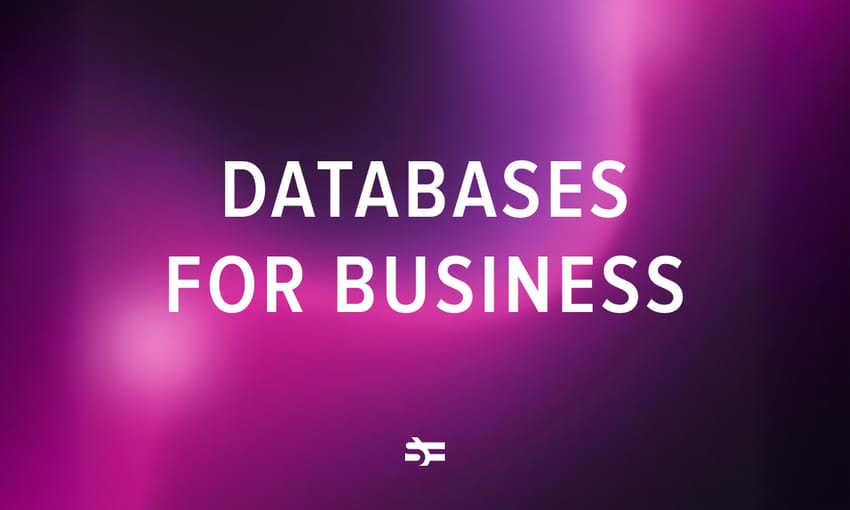

How to Choose the Right Database for Your Business
In today's data-driven world, businesses rely heavily on databases to store, manage, and analyze their information. Choosing the right type of database can significantly impact your organization's efficiency, scalability, and overall success. In this article, we offer an overview of various database types and tips on how to choose the right one for your business.


Haskell in Mercury: Interview with Max Tagher
In our Functional Futures podcast episodes, we interview technical leaders from companies that use Haskell for real-world tasks. This season will be dedicated to the business side of development with functional programming.
Our guest is Max Tagher, the co-founder and CTO of Mercury, the fintech startups use for banking* and all their financial workflows. Mercury has been using Haskell from the start of the company, from scratch. And our conversation will be dedicated to that.
*Mercury is a financial technology company, not a bank. Banking services provided by Choice Financial Group, Column N.A., and Evolve Bank & Trust, Members FDIC
Thanks for visiting the Serokell blog.
Serokell is a multinational team of programmers, joined by love towards functional languages. Science and education are among the core values of Serokell. Our blog is a place for our specialists to talk about things that matter to them. Stay tuned to read more about pioneering research and practical applications of functional programming, mathematics, artificial intelligence, and computer science.


.png)
.png)





